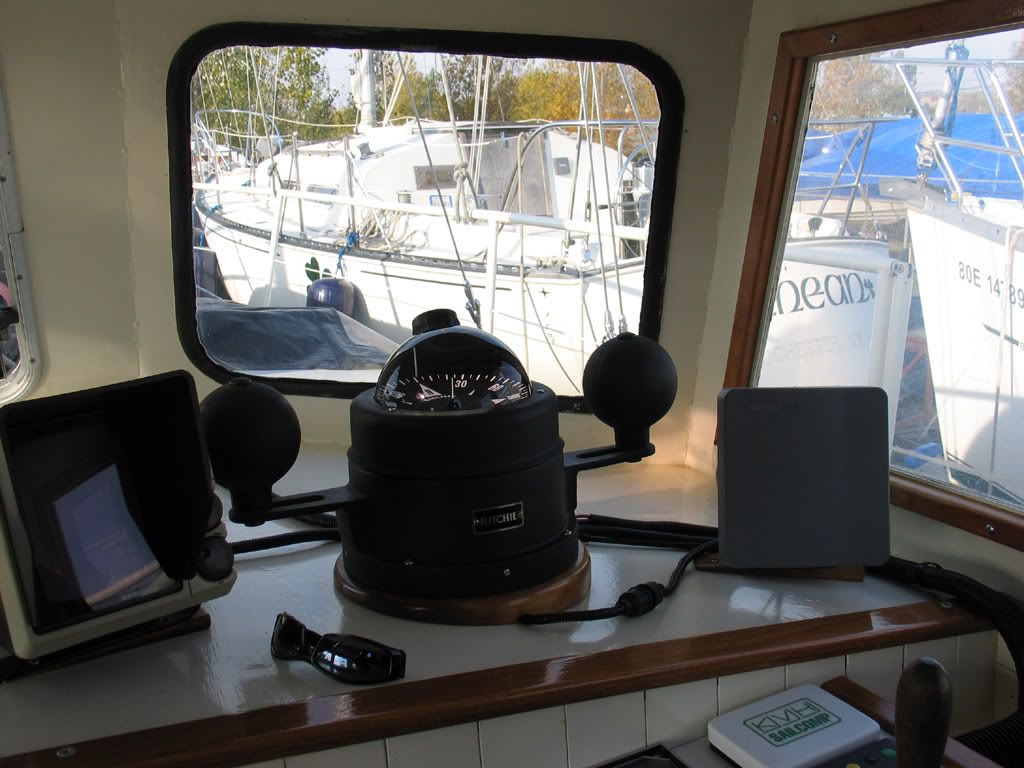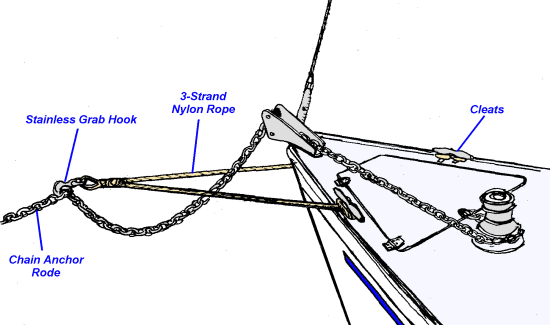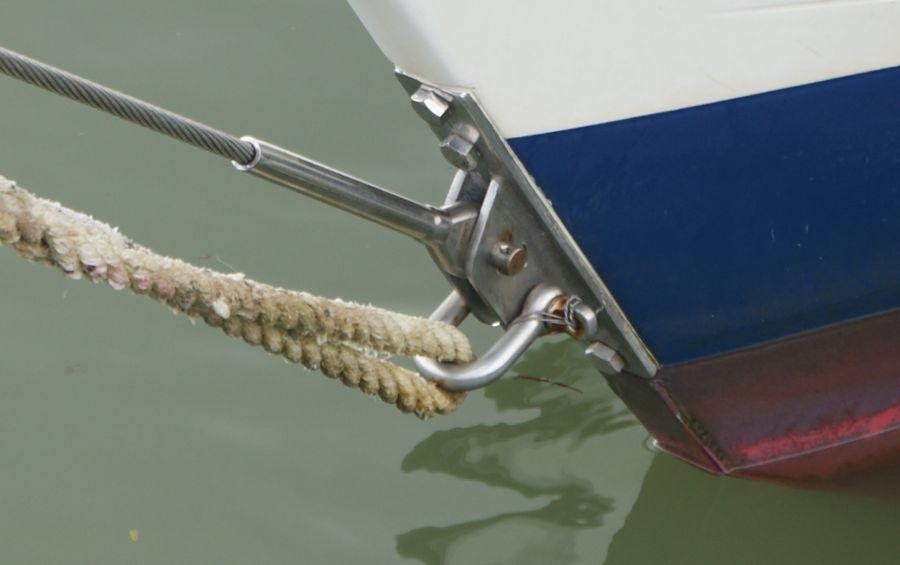 |
| Now available on eBay for about ten bucks. |
Well, much as I personally enjoyed that particular no-nonsense Windows OS, and had to be pried off it only a couple of years back in order to run various needful programs, not a lot works with it in these brave new days of cloud this and tablet that. So I upgraded it to Windows XP, which, as a graphic designer, I have at least one legal copy in my Big Box of Dusty and Largely Superfluous CD-ROMS.
Even though this particular little Pentium III-based laptop is almost sub-par to run XP, run it does, on a well-built chassis (carbon fibre, even) and with enough brains to run
 |
| See this? It's also about ten bucks, and it holds just one gig less than the entire hard drive on the Thinkpad shown above. |
And even though it took me a couple of hours (on and off) to reformat it, reload and tweak it to my liking...it seems to fully work in a moseying fashion (if you restrict the automatic updates) and will serve my son better next week in school (where it will repose in safety as it is likely too antique to be worth stealing) than would almost any current Windows 8 or Mac-based notebook. My experience of such devices is that they generally break if you look at 'em funny. In fact, an otherwise decent if under-powered ASUS netbook my son was using, mainly to watch YouTube videos and play the soul-stealing Minecraft game, has started to crap out at the two-year mark...leading to the recent rehab of Ye Olde 'Puter.
I feel the pain of those who stand in service lines with their snazzy, all-mod-cons electronics, like Bill Bishop's sorry tale here, which inspired this post, or at least inspired me to finish a previous, similarly themed screed. But it's not just cheapness or economy or disdain for the folks that bring us shoddy goods that motivated me to drop a V-8 in a Model T, computationally speaking. It was the notion of It's Good Enough.
Sometimes at night, I dream of hummocks of trashed cellphones and deceased Sony VAIOs being picked over in polluted Chinese backwaters. Sometimes I dream of strip-mining in Africa. While you can't resurrect or repurpose everything, it strikes me that some well-built boat gear (yes, it was going to come back to boat gear eventually) is worth keeping going. It also strikes me that there's no use feeling guilty not keeping a dumb phone going once you've bought that new smartphone. The time to feel guilty about it is before you've bought it.
 |
| The CRT depthfinder is, by contrast, long gone. |
We've found (and I mean "we" as in me as a buyer and installer of marine-related gear and my wife as a seller of said gear in a chandlery) that many things manufactured today for boats, in the broad sense and in our direct experience, are built to break sooner than anticipated under typical use, and/or aren't often worth fixing when they do. Part of why this may be is either ignorance (how to make things properly is unknown at the design or fabrication level) or greed (cutting corners equals profits) on the part of the makers.
It is also true, however, that another part of the problem are the conditioned responses of the purchasers to expect high quality at a low price. We've been promised more for less as an axiom of consumerism. This is a foolish and clearly naive expectation, particularly when the consequences of low-grade gear can drown you at sea, but by the time it is realized, the manufacturers of those well-made devices and aids that might still exist are out of business because of the stupidity of bargain-hunting. Certain levels of endeavour, like voyaging offshore, must, I think, be driven only in part by purely economic factors. Doesn't mean I don't like to save a buck, but it does mean I ignore all those "used liferaft" classified I see. Some things you should buy new, and sometimes that's going to mean paying retail.
Or considering if you can struggle on with the older device, like Grandpa's Thinkpad, merrily churning upstairs as it digests some fresh programming. What replaces those older devices frequently have so many "features" of dubious utility that they exceed the sort of simplicity that would make them of more protracted use. Simple and "fewer functioned" is the "slow food movement" of technology and hardware. It's easily mistaken for the jerking knee of the Luddite, I suppose, but it's not a rejection of machinery in the form of mechanical or electronic aids, but a rejection of crappy and/or superfluous mechanical or electronic aids.
As our odyssey progresses, such technological aspects of life loom larger in our thinking, as do some of the hidden pitfalls of taking a young person to sea with only a virtualized classroom. It may be a case, dangerous for sailors, I believe, where we expect more from technology, and less from each other.
This is perhaps not true of the choice to install a poorly made but "right-priced" piece of plumbing in a boat, but may extend to plotters and AISes and autopilots. Instead of aids to our authority as autonomous skippers, such technologies can shield us from direct experience of our environment, until we become accustomed to ceding our authority to our tools.
If I was, rhetorically speaking, simply sailing past a waypoint under autopilot, would I have had such a discursive wander in this post? Perhaps not, but not all parables are, strictly speaking, algebraic. Sometimes, like the albatross, they wander with the wind.
And now I have to go turn off that refurbished Thinkpad, which has likely finished a well-deserved defragmentation cycle. You wouldn't believe how sturdy the bag is that came with it. Compared to today's, I mean.
BONUS LINK: Speaking of refurbishment, and at sea, too, check out these renovated sea forts and oil rigs. You could defer swallowing the anchor indefinitely!















